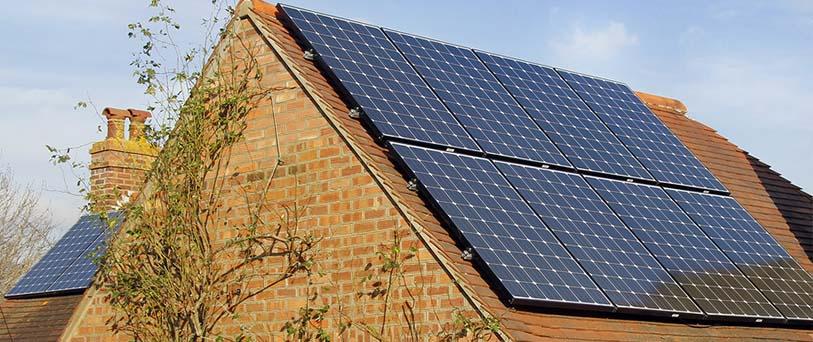Current Feed In Tariff For Solar Panels

A feed in tariff is a solar incentive that pays owners of distributed energy systems like solar a certain amount per unit of electricity sent to the grid.
Current feed in tariff for solar panels. It s usually a set rate per kilowatt hour and paid as a credit on electricity bills. Under fits householders receive payments for the electricity generated by eligible installed systems like solar pv wind or hydro turbines or micro chp. Feed in tariffs are typically between 9 15c per kilowatt hour kwh but the rates vary in each state and are ultimately determined by your electricity retailer. Feed in tariffs are not paid out cash in hand rather they apply as a deduction on your regular bill.
A solar feed in tariff is a credit you receive for excess solar power that your system generates and exports back to the grid. For an overview of the current incentives offered see our summary table below although the premium tariffs are no longer in place low solar pv system prices mean that they are no longer as important as they once were for solar to make. They are often fixed price incentives that are locked in over a contract period of 10 to 20 years providing property owners with distributed generation a long term stable incentive. Find out how to apply.
The tariff rate tables for all installations have been determined and published in accordance with the feed in tariffs order 2012 as amended. A feed in tariff fit is a credit customers receive for any unused electricity that their solar power system sends back to the power grid. Feed in tariff scheme the feed in tariffs fits scheme closed to new applications on 31 march 2019. Please find the tariff tables for the current fit year below in the collapsible tables.
Important information about fits closure and future applications. Tariff rates are set by the department for business energy and industrial strategy beis. Solar feed in tariffs are a payment for the clean energy that your solar panels feed back into the grid. There have been many changes to feed in tariff legislation in all states and territories over the past few years.














































